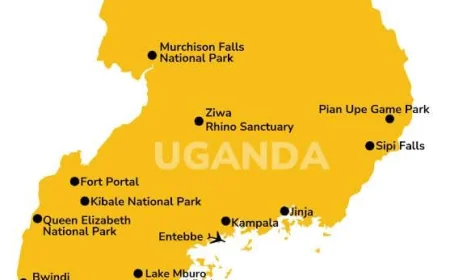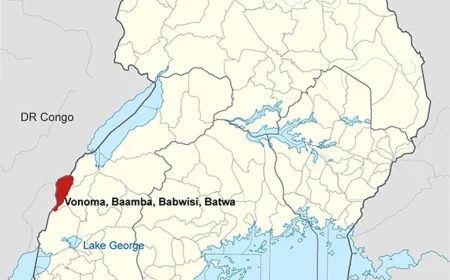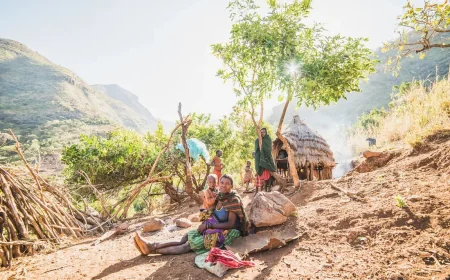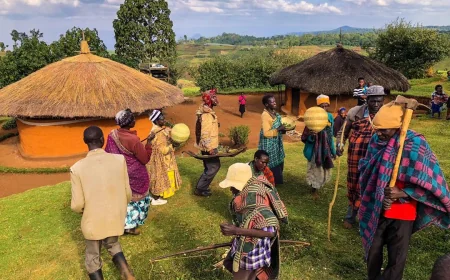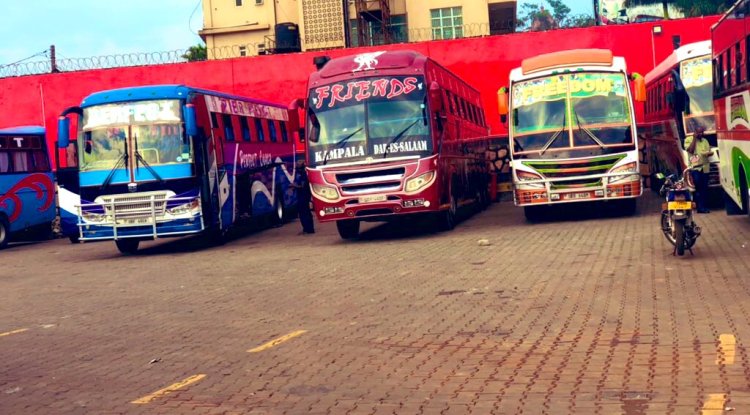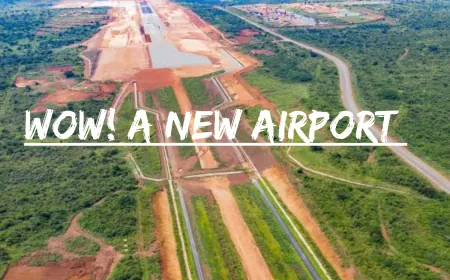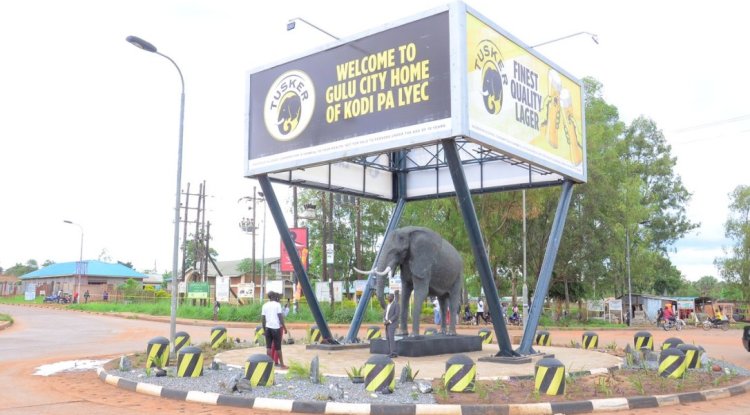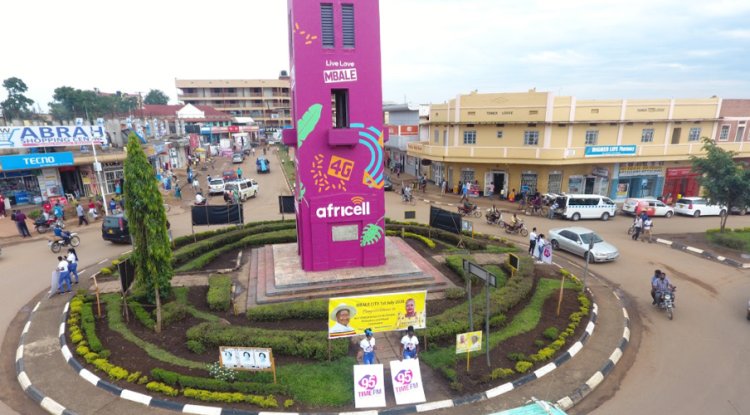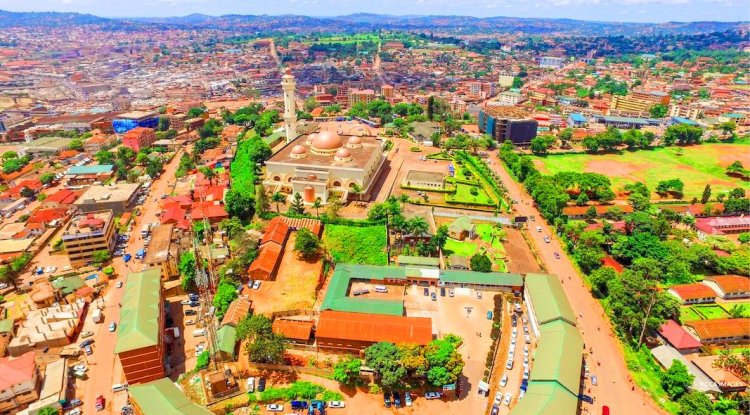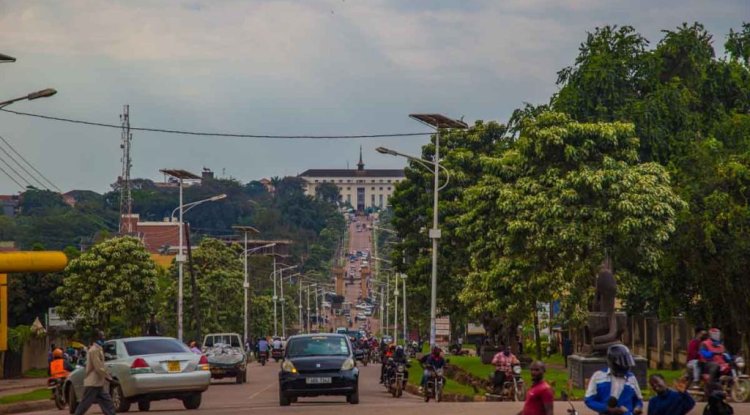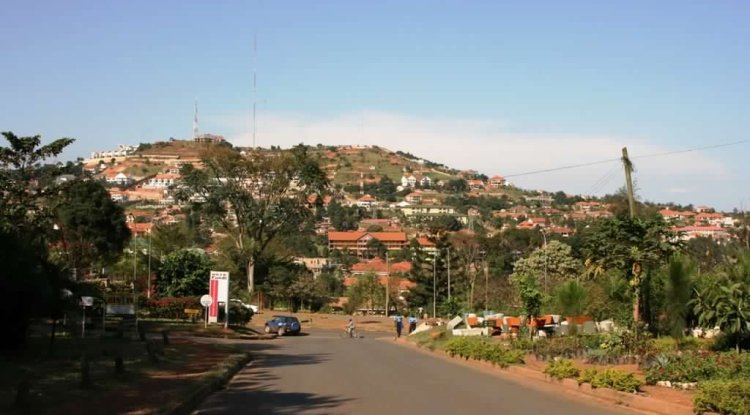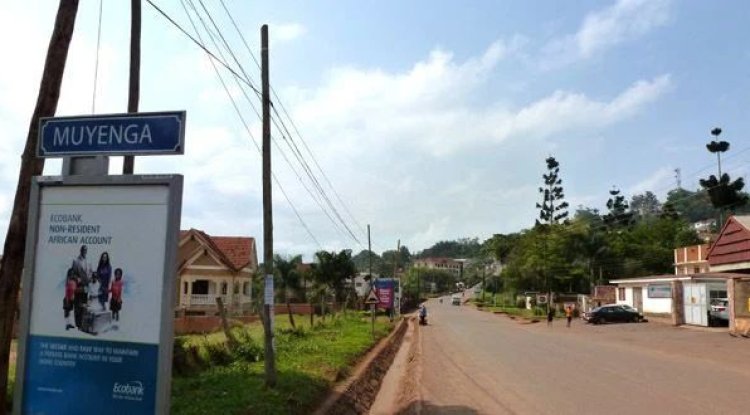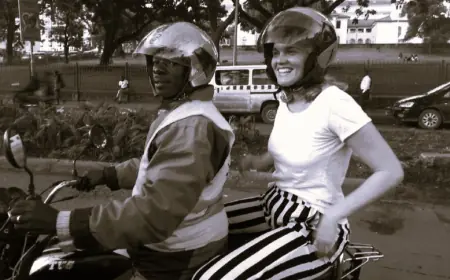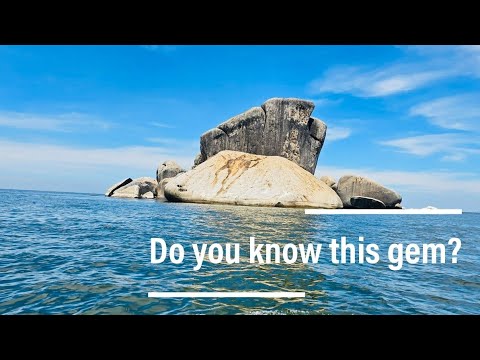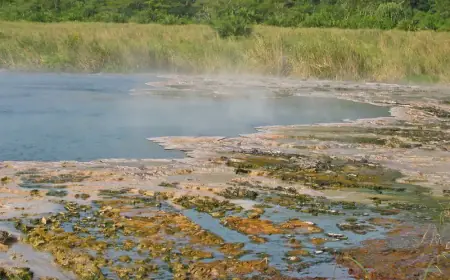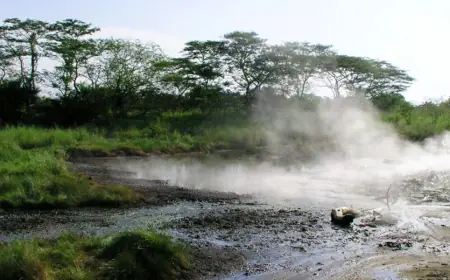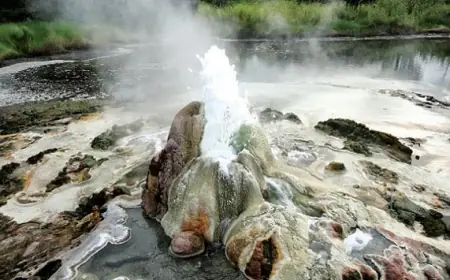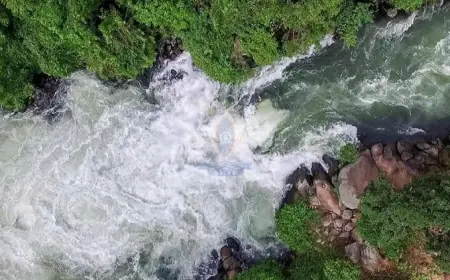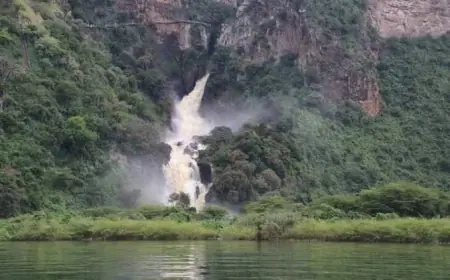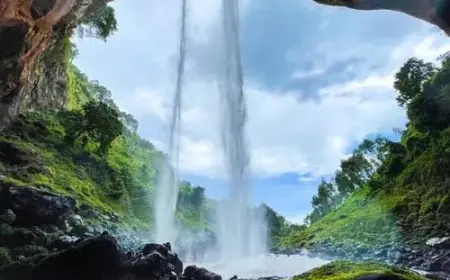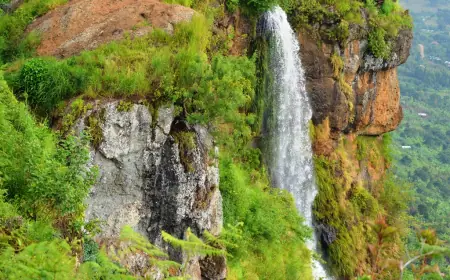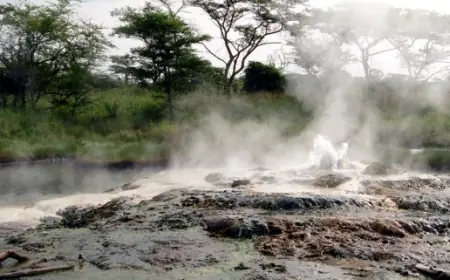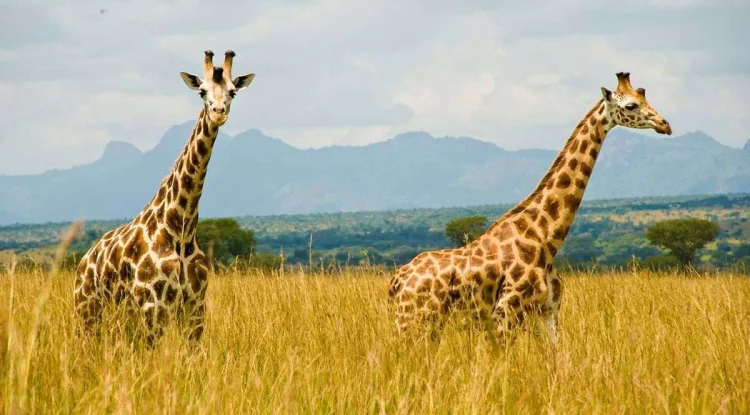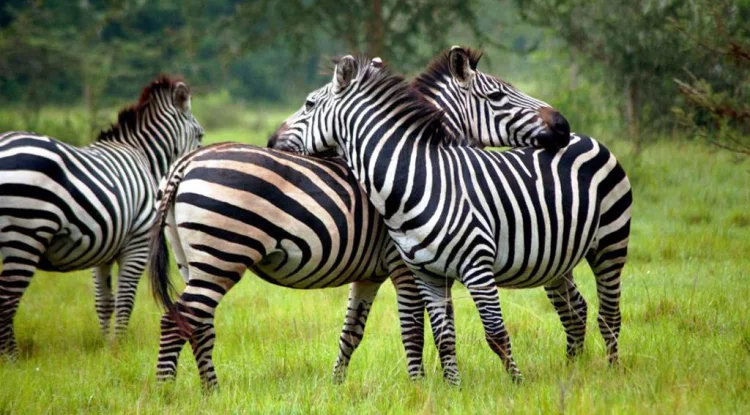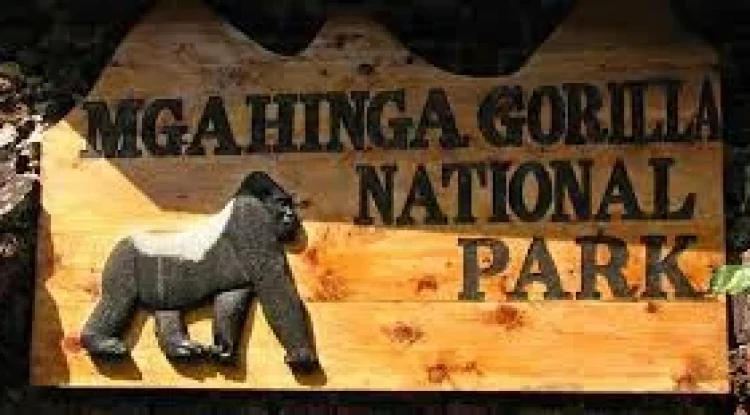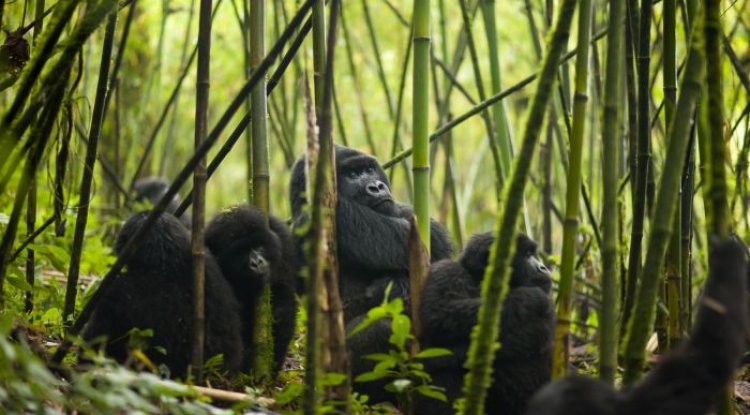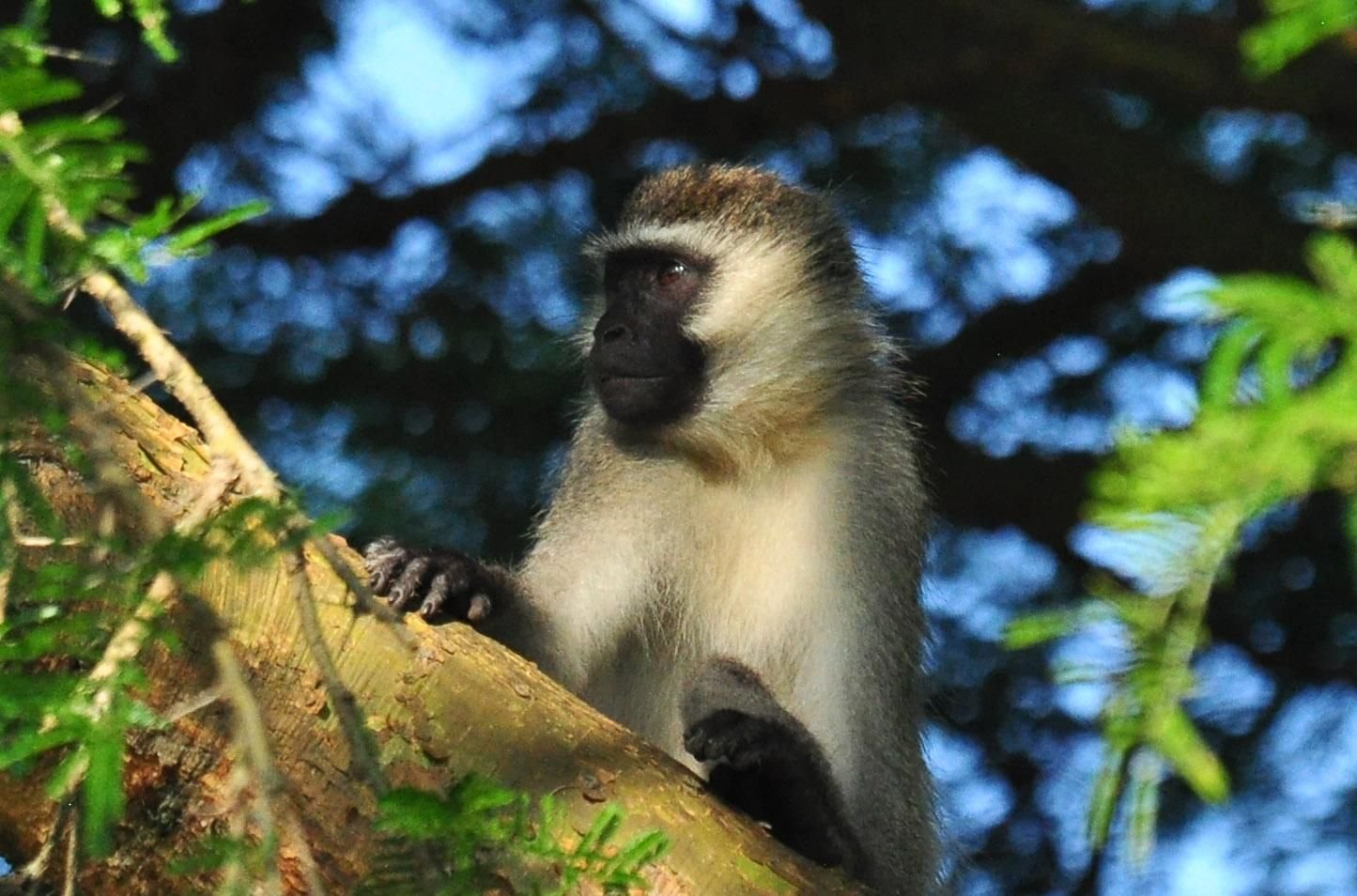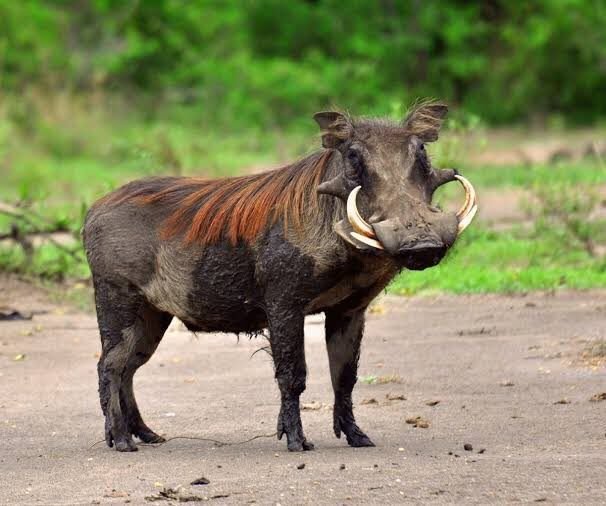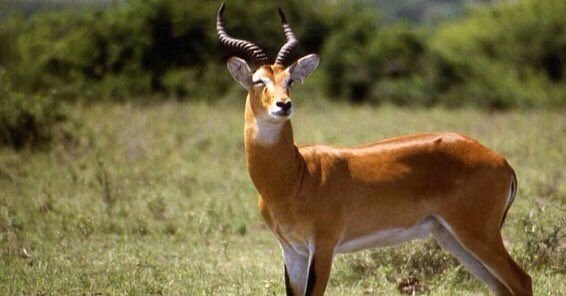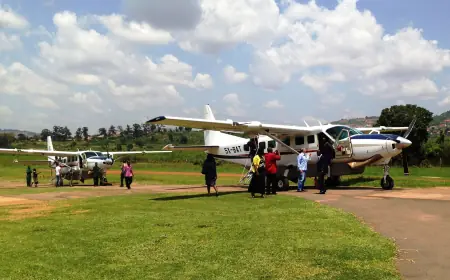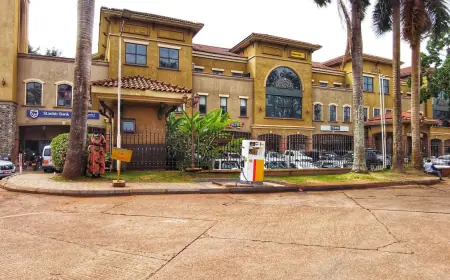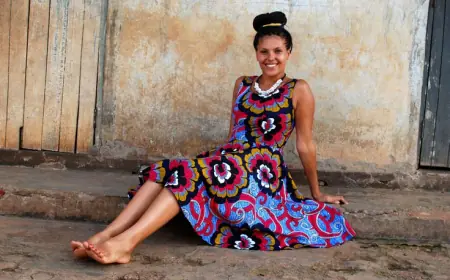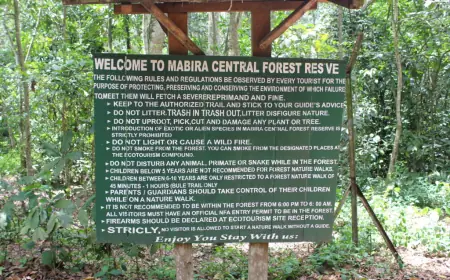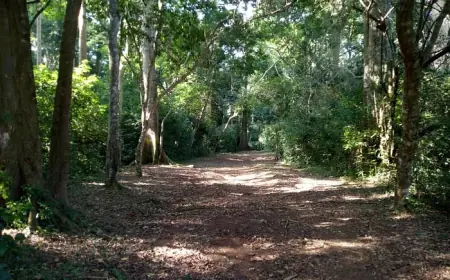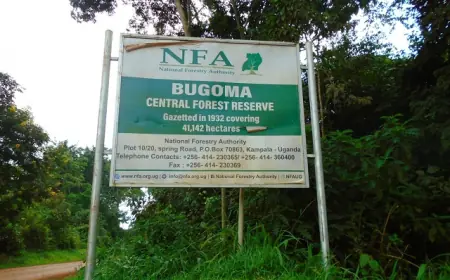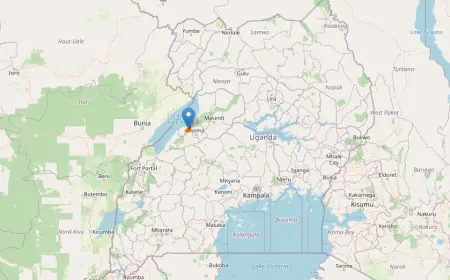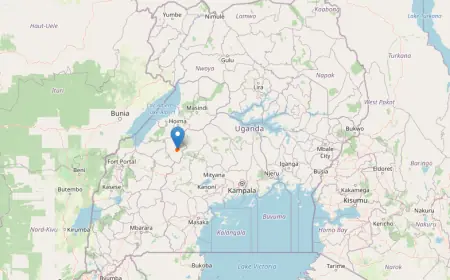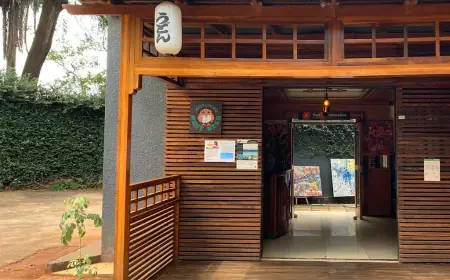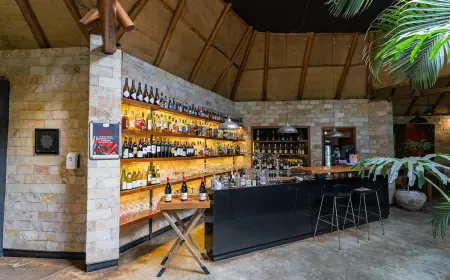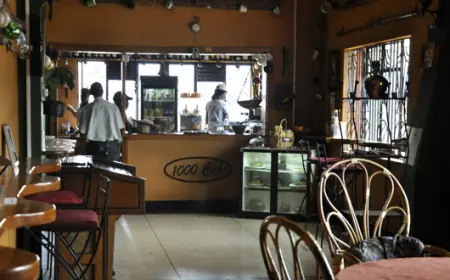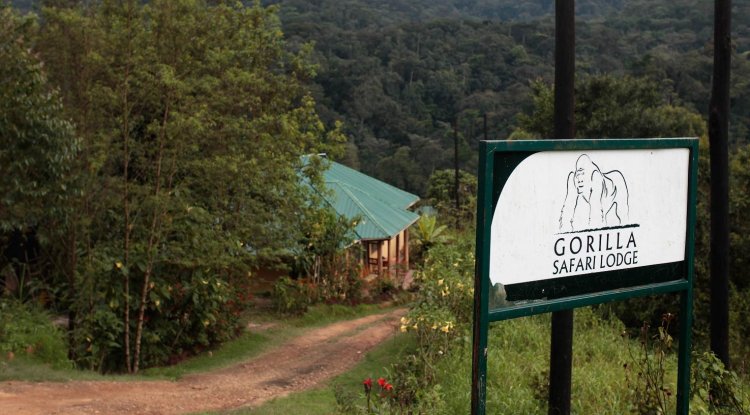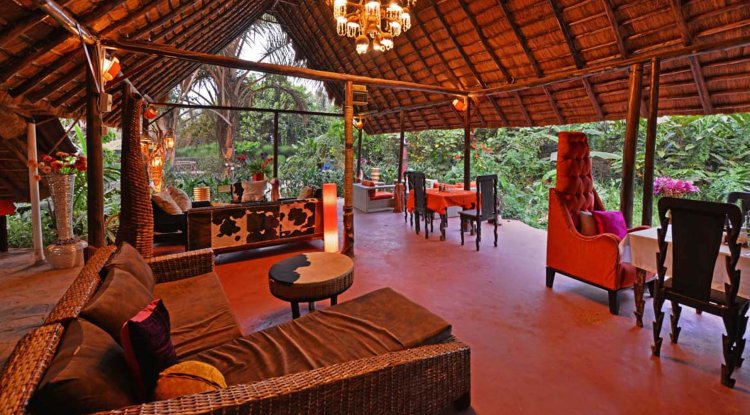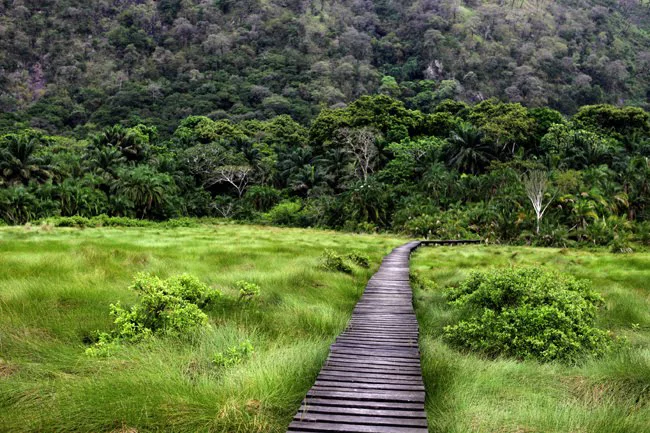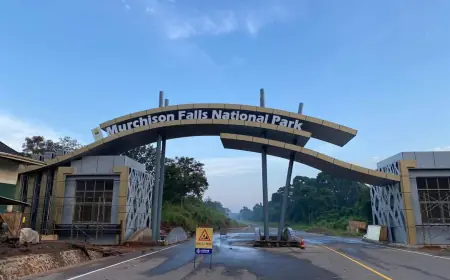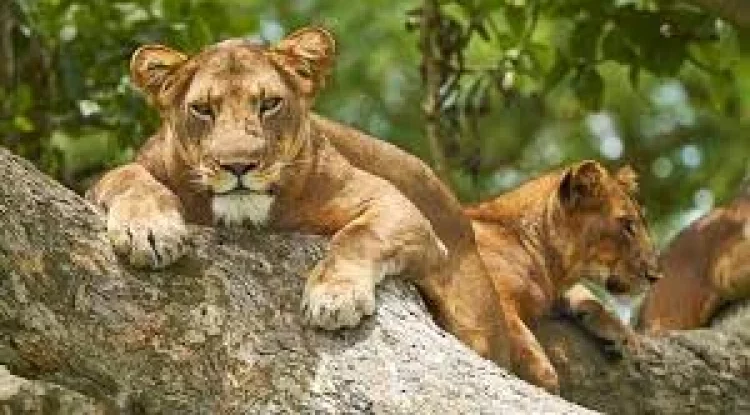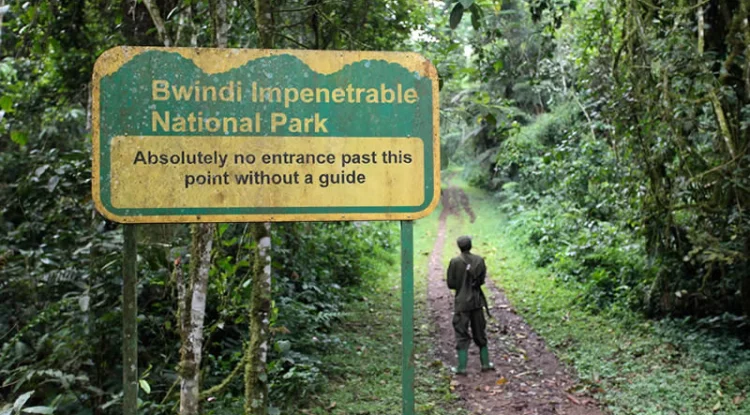SEMULIKI NATIONAL PARK
Descend into the Rift Valley to explore Semliki National Park, Uganda’s most exciting birding destination.
Semuliki National Park is situated in the remote corner of extreme west of Uganda, in Bundibugyo District. It lies on Uganda-Democratic Republic of Congo (DRC) border within the western arm of the East African Rift Valley. The geographical coordinates are 0o 44′- 00 53′ N – 290 57-30o 11′E. To the southeast are the Rwenzori Mountains, to the west is DRC and to the north Lake Albert.
Semuliki National Park (220 km2) gazetted in October 1993, is one of Uganda’s newest National Parks. The Park occupies a flat to gently undulating landform ranging from 670 -760 metres above level. As all streams and rivers from the surrounding areas are flooded drain into the Park plus the poor drainage and topography, many areas are flooded during the rainy season. The average annual rainfall is 1250 mm with peaks from March to May and September and December. The temperature varies from 18o C – 30o C with relatively small daily variations.
Flora and fauna
Semuliki National Park features mainly lowland tropical rain forest with largely moist and semi deciduous. It consists about of 336 rare trees species, 24 of which are limited only to Semuliki or to the eastern side, only shared by one or two surrounding forests. Among many tree species include the isolana Congolana, ejacis guineesis and nesogordonia kabingaenisis. The notable species of trees include the Lovoa surymertonii and cordial millenii. These are endangered tree species that you can find in the Semuliki National Park. This incredible conservation area is also blessed with wildlife species and refuges the rarest mammal species, birds and butterflies and many more. Nearly 435 species of birds this park their home taking about 34% of Uganda’s total bird population, most of which may not be easily spotted in any part in East Africa and they are Africa’s most incredible and looked for species. If you are a bird enthusiast, you will have a chance to keenly spot horn bills and Iyre tailed honey guide.
The key mammal species include 63 species, 9 of them are diurnal forest apes like chimpanzees, blue monkeys, vervet monkeys, olive baboon and not to forget nocturnal primates like the galagoes and pottos. You will also find buffaloes, little collared fruit bat, blue duiker, bee croft’s flying squirrel, pigmy squirrel and water chevrotain. There are nearly 374 butterflies and moths in Semuliki National Park, 46 of these are forest swallowtails and Charaxes and about 81 species of large moth, 12 of them are classified are restricted. Semuliki national park has many habitats, forest swamp, grassland and hot springs, warm swamp and savanna woodland and each of them features unique species.
Culture
About 4 ethnic groups live in and around Semuliki National Park. The bamba and Bakonjo live in the valley and mountain slopes of the park respectively while the majority of them depend on agriculture. The batuku people are found around the rift valley floor, north of the park and they are pastoralists who rely on cattle products that they trade with their neighbors, both Ugandans and the natives of the DRC. You will also find the Batwa.
Attractions
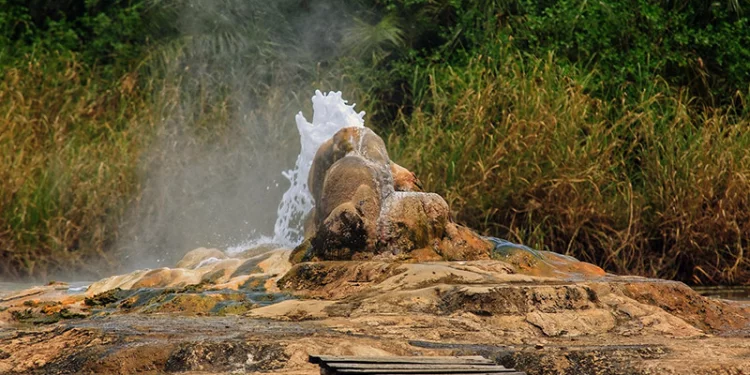
The Sempaya hot springs are Semuliki most famous attraction. The male spring known as ‘Bintente’ set in a lush swampy clearing, the female spring, Nyasimbi meaning the female ancestors” is a boiling geyser which spurt bubbing water and steam up to two meters high. Local people used to cook their food in these boiling pools.
The vegetation of the park is mainly filled by one tree species that is the Cyrometra Alexandri, including other ever green tree species and swamp species.
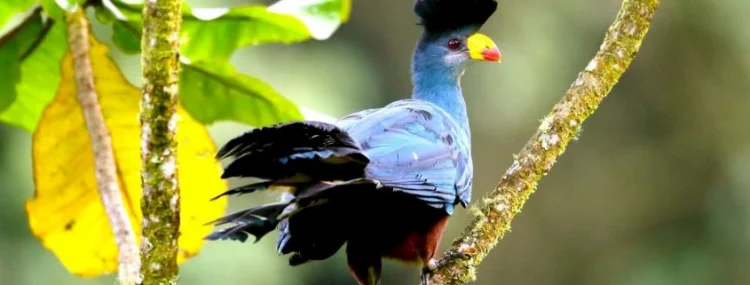
The fauna includes over 400 bird species of which 216 are true forest birds, like the Sassi’s olive green bull and the Forest ground thrush. The park is also home to over 53 mammals, with 11 of those being endemic species such as Pygmy antelopes and 2 flying squirrel species. Other mammals include Hippos, Leopards, Buffaloes, Elephants
Visit Semliki National park, one of Uganda’s birding paradise to encounter various species of birds flying from one destination to another.
How to get to Semuliki National Park
One can wonder on how to reach the park but there are two major roads from Kampala to Fort Portal via Mubende, is about 180km about 6hours drive while Kampala – Fort Portal via Masaka, Mbarara, Kasese is about 465km. This road gives you the opportunity to visit other attractions like the Equator, Lake Mburo National Park, Queen Elizabeth National parks, kyambura wildlife.
From Fort Portal a 2-3 hours’ drive on the rough road towards Bundibugyo will lead you to Sempaya gate. The park headquarters at Ntandi is 5 km further from the gate along the same route. Using public means, you can take a taxi or a min-bus to fort portal, from the taxi park, board one of the pick-up trucks for Bundibugyo and stop at Sempaya gate which has a clear sign post. Return trip will be by the same means but avoid being too later.
What is the best time to visit?
The most interesting part of this visiting this park is that, it can be visited at any time of the year unlike other parks.
Accommodation
Semuliki National Park has few lodging facilities but many of them are found in Fort Portal and Bundibugyo. There is campsite at Bumuga 3 kilometers drive from Sempaya gate and visitors are free to make their own food.
Resources
To learn more about planning a trip in SEMULIKI, get updates from the following websites
Uganda Wildlife Authority (UWA) Headquarters,
What's Your Reaction?
 Like
0
Like
0
 Dislike
0
Dislike
0
 Love
0
Love
0
 Funny
0
Funny
0
 Angry
0
Angry
0
 Sad
0
Sad
0
 Wow
0
Wow
0
